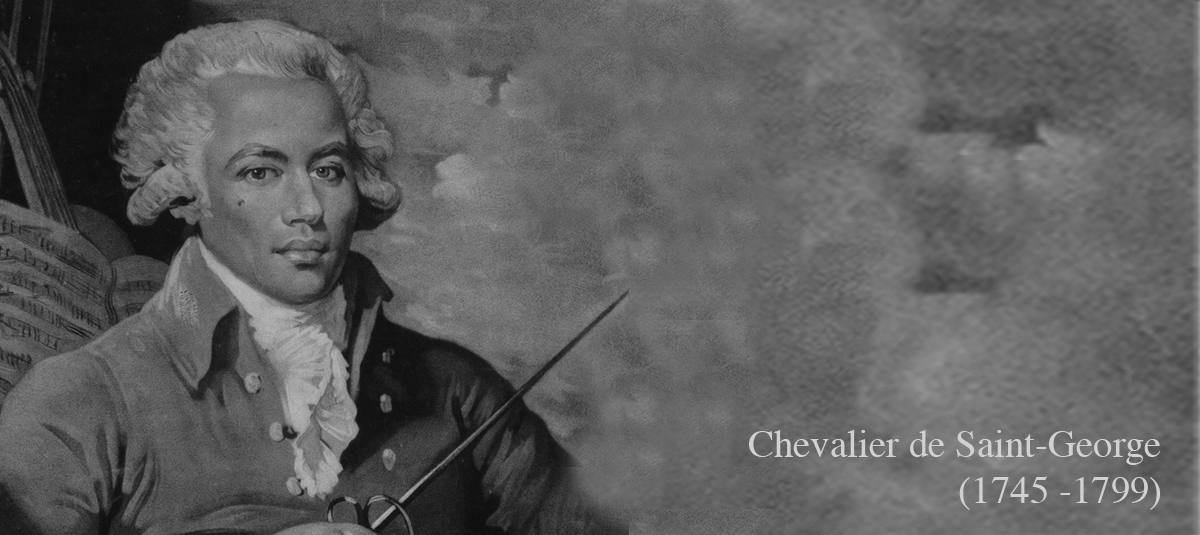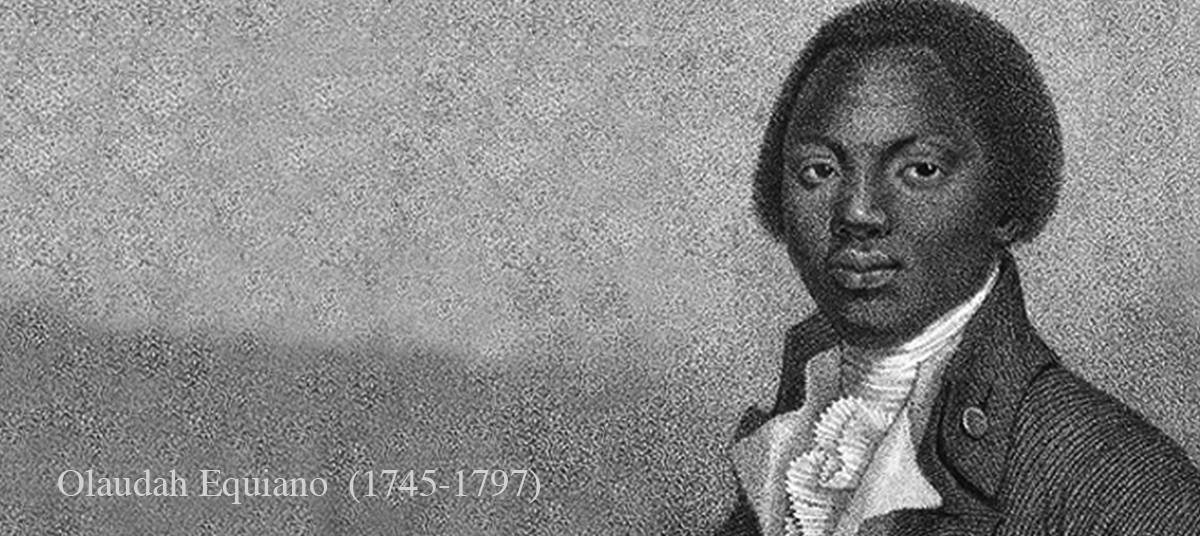
Base locations was in fact broke up longitudinally, and you will bark and you may pith was removed having a shaver blade
Wood thickness (WD, g cm ?step 3 ) is determined which have 2·5 cm-enough time avenues clipped of basal bits of this new twigs regularly obtain VCs. Xylem places were saturated into the degassed h2o right away. After, its fresh volume is actually calculated, based on Archimedes’ concept, of the immersing for each and every try in a liquid-filled test-tube wear an equilibrium (elizabeth.grams. Hacke mais aussi al., 2000 ). Afterwards, products was basically stored from the 75°C to have 48 h plus the deceased weight was then measured. Wood thickness try calculated as the proportion from lifeless pounds in order to fresh frequency.
The weight out of displaced drinking water is actually changed into take to frequency using a liquids occurrence of 0·9982071 g cm ?step three at 20°C)
To own anatomical measurements the latest basal 2 cm was basically stop brand new stalk avenues used to dictate VCs. They certainly were following listed in a great formaldehyde–acetic acid–70% ethanol (5:5:90, v:v:v) fixative up until get across areas were wishing. Fifteen-micrometre heavy transverse areas was received playing with a sliding microtome (Leica SM 2400). 2nd, they certainly were stained which have safranin 0·1% (w/v), dehydrated as a consequence of a beer show, attached with microscope glides, and you can fixed that have Canada balsam having white microscopy observation. Because it could have been estimated you to ninety% of one’s xylem move of elms is restricted towards the outermost (current) sapwood ring (Ellmore & Ewers, 1985 ), five radial five-hundred-?m-broad groups, spread 90° apart, had been randomly picked in 2010 increases increment of those transverse sections. In these sectors interior watercraft diameters was indeed counted radially, disregarding those smaller than 20 ?m. Boat density for each mm dos and groups of vessels (contiguous boats; McNabb et al., 1970 ) was indeed also counted. A photo analysis system (Picture Expert Including 4.5, Media Cybernetics) connected to a light microscope (Olympus BX50) was used determine a few of these variables during the ?one hundred magnification.
Giordano mais aussi al
Vessel transectional area (VTA, %) was obtained by dividing the area occupied by the vessels in a sector (wall excluded) by the total area of the sector, multiplied by 100 (e.g. Solla et al., 2005b ). The theoretical hydraulic conductance (THC, ?m 2 ) predicted by the Hagen–Poiseuille equation (e.g. http://datingranking.net/pl/meet24-recenzja, 1978 ; Solla et al., 2005b ) was determined by dividing the sum of the fourth power of all the internal vessel radii found within a sector by the total area of the sector (AS) (i.e. ). Vessels were classified in three categories of diameters, small (<40 ?m), medium (40–70 ?m), and large (>70 ?m), because large and medium vessels are invaded more frequently by hyphae and spores than small ones (Pomerleau, 1970 ). The theoretical contribution to hydraulic flow of the vessels was studied in relation to their size. For example, the contribution of large vessels to flow (CLVF) was calculated as: , where D is the vessel diameter, i are vessels larger than 70 ?m, and n corresponds to all the vessels within the sector (e.g. Solla et al., 2005b ; Pinto et al., 2012 ).
After that, this new tangential lumen period (b) in addition to thickness of your twice wall surface (t) ranging from one or two adjoining ships have been measured for everyone matched up ships contained in this a sector; and intervessel wall surface power, (t/b) dos , was calculated adopting the Hacke mais aussi al. ( 2001 ).
Finally, vessel length distributions were calculated. The same stems used to build VCs were flushed again (after having removed 2 cm from the basal end for the anatomic features measurements) at 0·16 MPa for 30 min to remove any embolism. Then a two-component silicone (Ecoflex 0030; Smooth-On, Inc.), dyed with a red pigment (Silc Pig; Smooth-On, Inc.), was injected under pressure (0·2 MPa) for 40 min through the basal end of each stem (e.g. Sperry et al., 2005 ; Cai et al., 2010 ). Transversal cuts at set distances from the basal edge (5, 10, 30 mm, and every other 30 mm thereon until no silicone-filled vessels were found) were observed under an Olympus BX50 light microscope. The percentages of silicone-filled and empty vessels were calculated in four perpendicular radial sectors of the outermost growth ring, counting a minimum of 25 vessels per sector. It was evaluated in this ring because it had the longest vessels, and it has been estimated that it is responsible for 90% of conductivity (Ellmore & Ewers, 1985 ). The percentage of filled vessels (PFV) was fitted to the following exponential curve: PFV = 100 ? exp(?bx), where x is the distance from the stem segment base (mm) and b is a vessel-length distribution parameter (bVL) (e.g. Sperry et al., 2005 ). Therefore, the percentage of vessels (PV) belonging to a determined length class was calculated with the following equation: PV = 100 [(1 + km) exp(?km) ? (1 + kM) exp(?kM)]; where k = bVL, and m and M are the minimum and maximumimum lengths of the distance class, respectively. Vessel length was plotted for 10 mm classes. The maximum vessel length (VLmax) was established as the last length (mm) at which a silicone-filled vessel was observed. Intermediate cuts were also performed within the last 30 mm stem segment in order to estimate more accurately VLmax.


